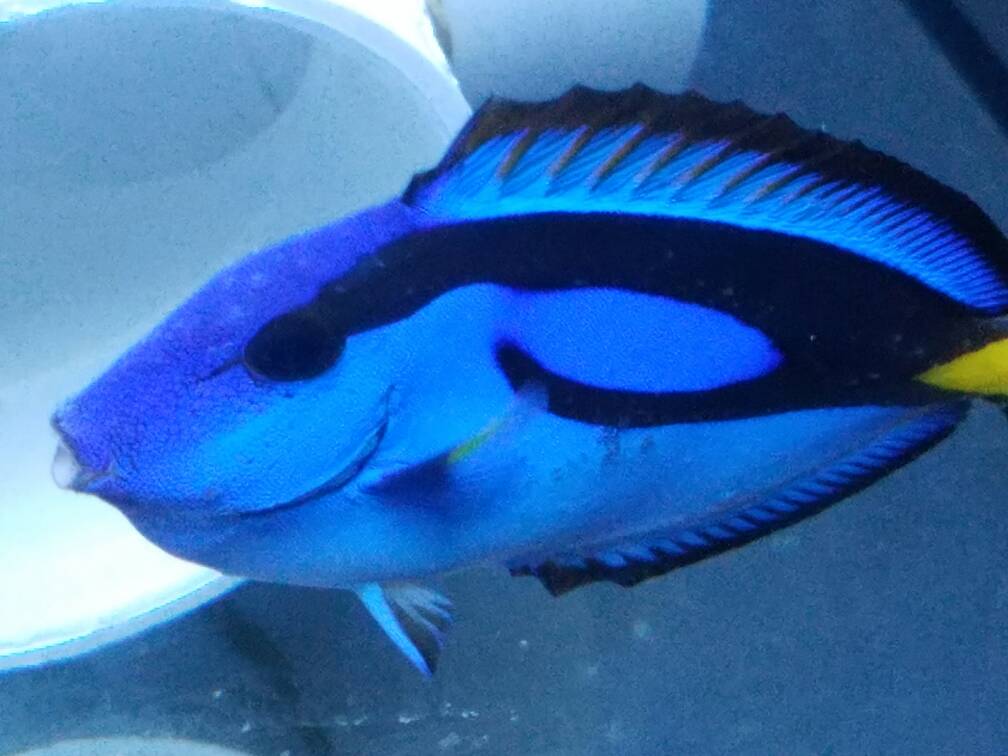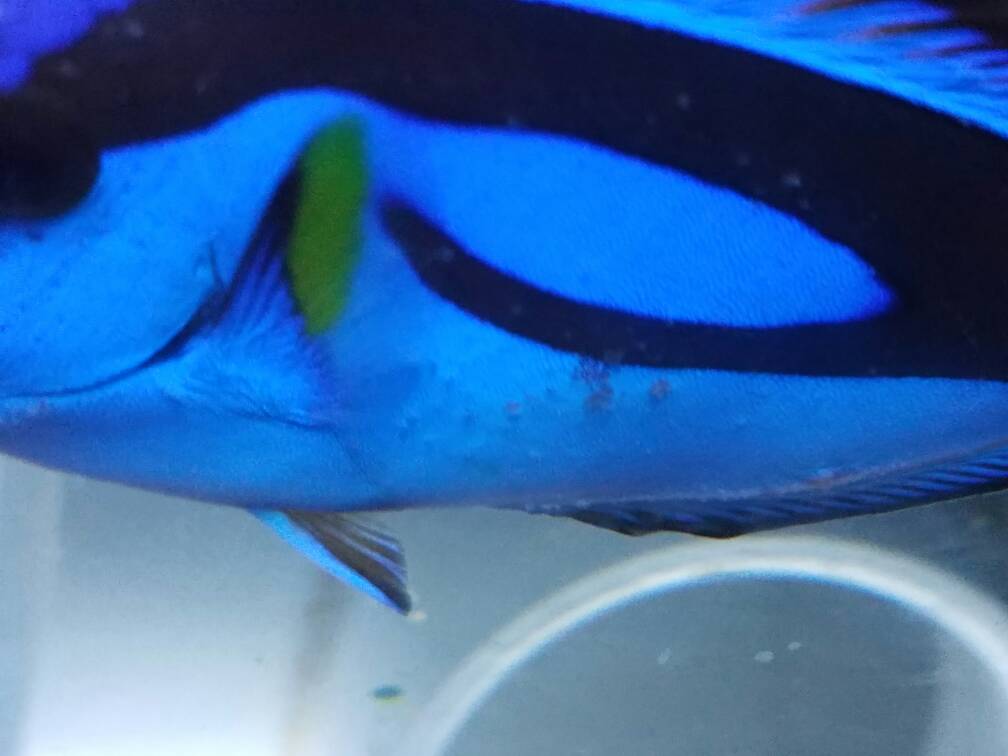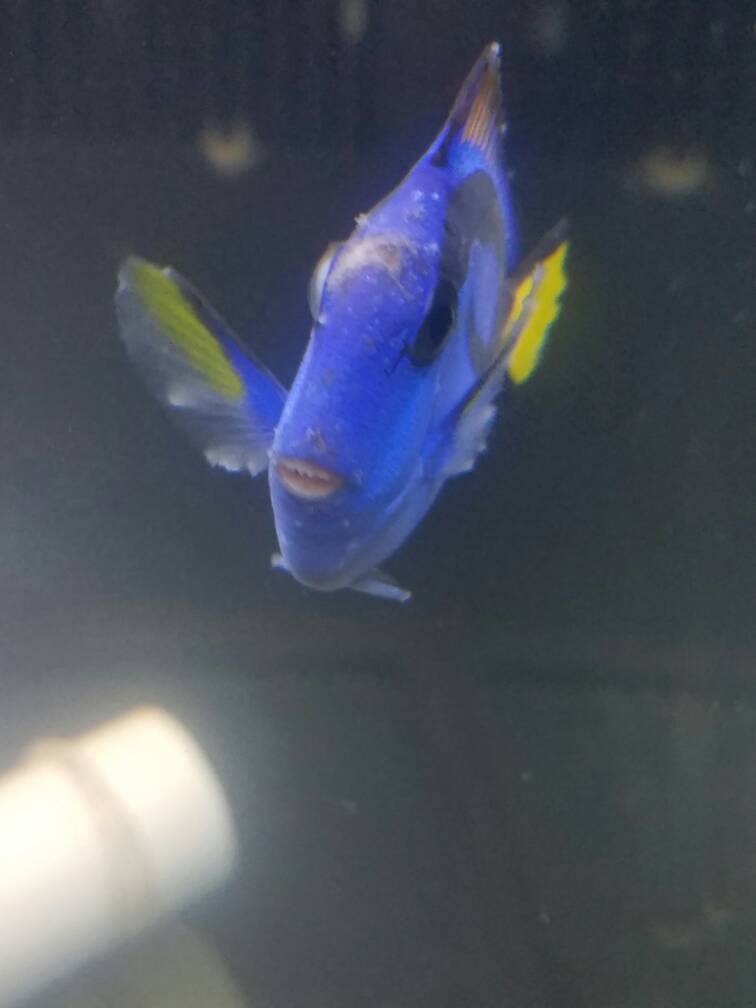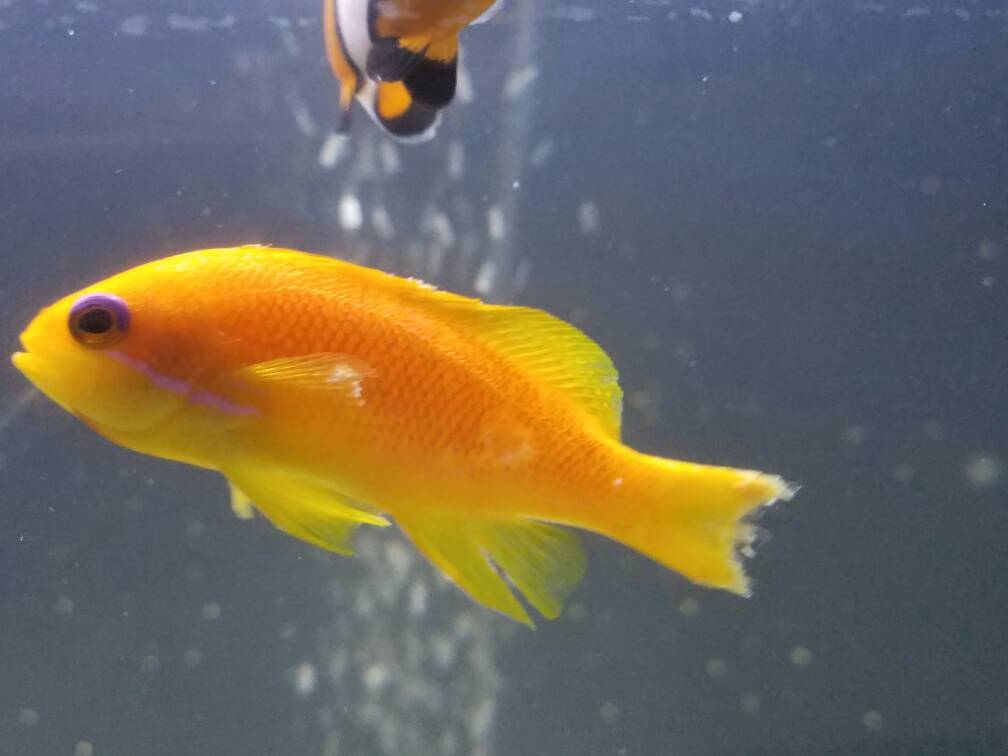- Joined
- Nov 17, 2016
- Messages
- 135
- Reaction score
- 85
Currently on week 3 of cupramine, all fish doing great but the Blue Hippo is showing signs of ich again (after being clean for a while) but I noticed some dark spots during the last couple of days on one side. Is this normal or should I worry about a new disease in addition to ich??























